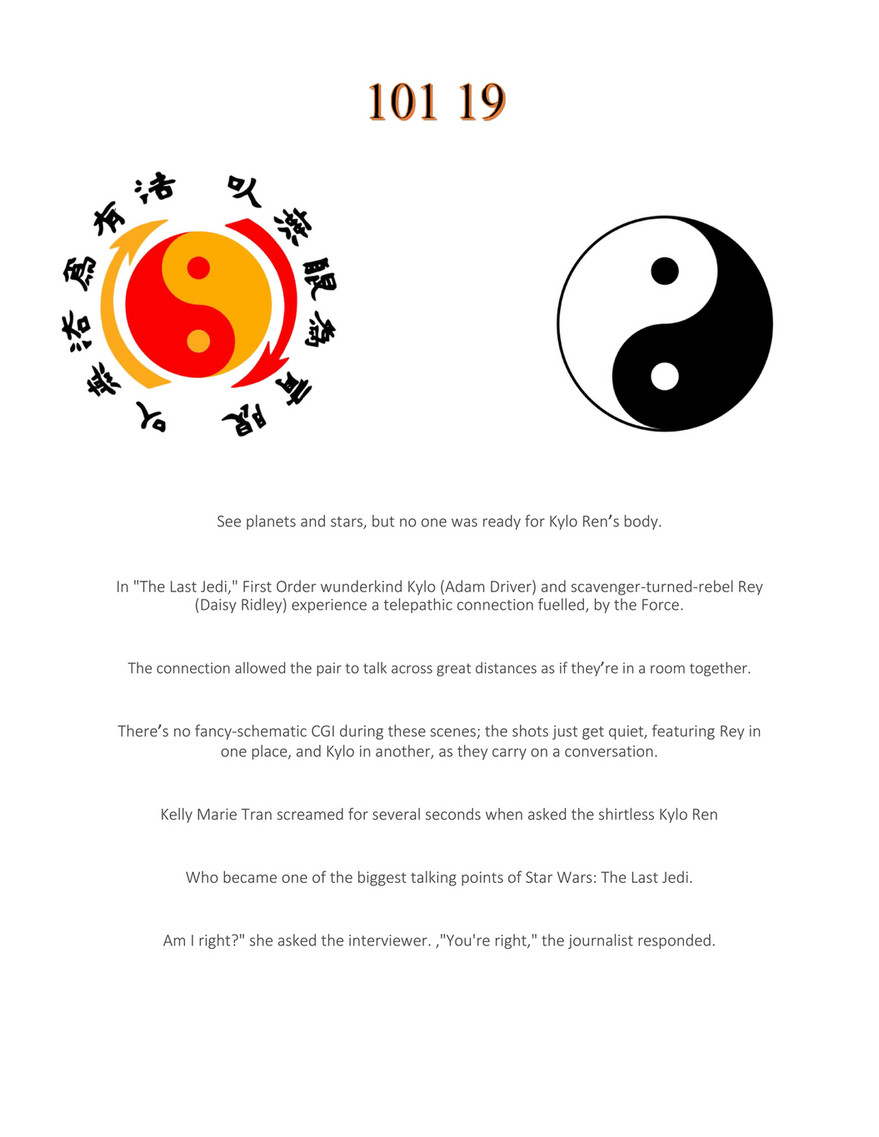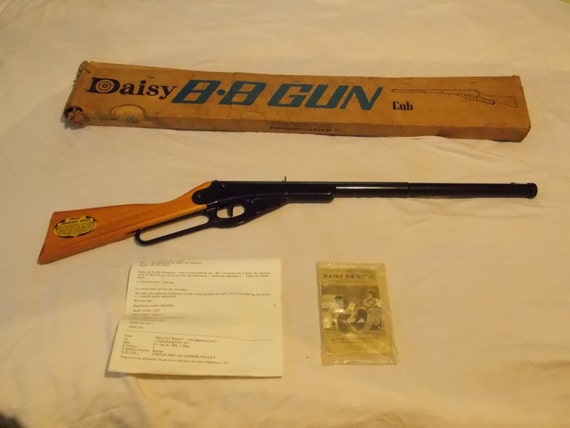Well you've come to the right place because this category contains owner's manuals and exploded views of parts diagrams. Click on the links below or you can even do a search. Please note that pricing on exploded view of parts (EVPs) is subject to change. Daisy Model 102 Bb Gun Manual Rating: 5,7/10 2200reviews This is a delightful little air rifle, blond wood stock, no forearm, painted and/or blued metal surfaces, w/gold Daisy seal on lever housing, and a instruction label on the right side of the stock; cap type shot tube w/loading hole behind the front sight. This Daisy 120 is a.177 caliber, single shot, break barrel with a one piece wood stock. It has adjustable rear sights, a hooded front sight, and dovetail scope rails for mounting a scope. These guns were manufactured in Spain between 1984, and 1985 by El Gamo. The wood on this gun is in excellent Read more 'Daisy 120 Break Barrel'.
Find many great new & used options and get the best deals for Vintage Daisy No # 102 Model 36 BB Gun at the best online prices at eBay! Free shipping for many products! Daisy Model 105 Buck; Daisy Model 25 Pump-Action BB Gun; Daisy Model 4841 Grizzly C and Scope; Daisy Model 840 Grizzly B; Daisy Model 840 Grizzly C; Daisy Model 880S; Daisy Model 9840 Grizzly B Air Rifle Kit; Daisy Pink 1998 BB gun; Daisy Pink 1998 BB Gun Fun Kit; Daisy Powerline 008; Daisy Powerline 008 Kit; Daisy Powerline 15XT; Daisy.
REMINDER: The Picking A Daisy Show has moved from the AIR Show channel to Picking A Daisy. Be sure to like and subscribe to the new channel and turn on your notifications for new episodes.
The Daisy no. 101 and 102 represent the “Depression Era” guns that were first put out in 1933. They really were just the Markham King 2233 gun re-branded as a Daisy no. 101 model 33. The 500 shot no.102 was also released in 1933. Both guns were reissued with longer barrels in 1936 and were subsequently named “Model 36”. The shot tubes on the later 1936 models were removable unlike the no.102 Model 33 which was peened shut and inaccessible.
We had to drill the weld points to release the shot tube on the 102/33 for repairs. You could see where they saved money on not having to machine threads.
If you had a little more than a “Daisy For A Buck” you might have afforded any of the other models Daisy had manufactured and marketed at the time. The famous Red Ryder had not yet come into design until 1938 but the Buzz Barton, Buck Jones, and the No. 25 Pump Gun among many others were available.
I have found the 101 and 102 models to be the least accurate of the vintage Daisy models – with exception to one particular no. 102. This wooden stock Daisy 102 Cub from the 1960’s (first produced in 1957 with a plastic stock) forged out of the Daisy/Heddon partnership. Heddon Comptometer was a cash register co. that used much of the same tooling and machinery that Daisy used to make their products. Heddon’s machines fell out of vogue as they were replaced by lighter more modern cash registers. The 102 Cub is a CaliAir favorite and very enjoyable to shot. It is perhaps the predecessor to the hugely successful Buck 105b currently being produced. Both little “youth carbines” are capable of hitting a shovel head out at 50 yards and are compact and easy to keep around with 500 shots in the ready!
CaliAir will be releasing the 101 and 102 Daisy rifles from the collection on this site and on eBay. The 102 Cub will be staying in the collection for further potification …eh hem. See ya next time. I think the Red Ryder’s are up next! – Yer Pal CaliAir!
Check out more Lever Action guns here.

Check out the entire CaliAir Collection here.
by Tom Gaylord
Copyright PyramydAir.com ©2009. All Rights Reserved.
Daisy Heddon Model 102

Daisy Air Rifle Repair Manual
This article originally appeared in Airgun Illustrated magazine, but I thought it was interesting enough to bring it to you here.
Show an airgun of almost any type to someone who doesn't know airguns, and they'll call it a BB gun. Many will call it a Red Ryder. Veteran airgunners are used to this reaction from the public, but when they get with other enthusiasts the conversation becomes deeper and more precise. But not always! I discovered a few years ago that very few real airgunners are aware of just how a BB gun powerplant really works, so I thought I'd take the time to illustrate it.
Daisy helped me with this project by sending the shot tube and spring mechanism for one of their modern lever-action airguns. We'll call it a Red Ryder, and it may well be, but the mechanism is common to more than just a single model. Because I have a modern mechanism to examine, I will report on just that; but if you take the time to look at the older models, you'll see a lot of their design has been carried forward.
The BB gun powerplant is a hybrid of both the spring-piston and the catapult designs. The one we will examine uses gravity to feed the BBs, though other types, such as a spring-powered forced-feed magazine found in a Daisy model No. 25 pump BB gun, will work just as well with this powerplant. For the rest of this discussion, please refer to the illustrations as you read.
1. Prepare to fire
The gun is cocked and ready to fire, with the hollow air tube retracted just behind the next BB. The BB is held in place by a small magnet. So, even if you shoot straight down, a BB should come out. The 'magazine' is nothing more than the hollow cavity formed between the inner shot tube (the true barrel) and the outer sheetmetal 'barrel' of the gun. When the muzzle is elevated to cock the lever, gravity pulls the BBs down against a sloped surface that has a funnel-like channel at its lowest end. The BBs organize into a single column in this channel, and they drop down toward the BB seat where the magnet is located. All of this action depends on the muzzle being elevated, and nothing but gravity holds those BBs in place; so, they realign this way every time the gun is cocked.
2. Gun is fired
The sear has released the piston so the mainspring drives it forward. At the same time, the air tube that projects from the center of the piston has pushed the BB off its magnetic seat and started it down the barrel. A low initial velocity is imparted by this mechanical catapulting action. This is the catapult part of the powerplant.
3. The compressed-air blast
The piston has slammed to a stop against the back of the shot tube, squeezing all the air from the compression chamber and through the hole at the back of the air tube. The air is now highly compressed and travels up the air tube, where it exits behind the BB that is already in motion. It imparts a boost of velocity to the BB, accelerating it to its terminal velocity. This is the spring-piston part of the powerplant.
Daisy Model 102 Manual Download
4. Gun is cocked
Cocking withdraws the piston and air tube assembly, making room for a BB to roll down and be captured by the magnetic seat. The gun is now ready to fire again.
That's the cycle of the BB gun powerplant. As you now can see, it relies on both a catapult action and a spring piston to do its job. The combination of these two forces works like the booster rockets in a space vehicle; only in this instance, the boost means that the mainspring can be made light enough for younger folks to cock, yet still supply adequate power to launch a BB.
Daisy Model 36 Value
Spring & piston assembly: The mainspring is held captive by the piston assembly. A spring anchor in the gun holds the back of the spring steady when the cocking lever withdraws the piston and compresses the spring. Notice the long air tube that projects from the front of the black piston seal on the right. It fits inside the shot tube assembly, where it aligns with the barrel.
Piston detail: The genius of the design is the small hole at the base of the air tube. When the piston slams against the rear of the shot tube, all the air in between is driven through this hole and up the air tube to exit behind the BB. By that time, the air tube has already accelerated the BB to a low velocity in the barrel, and the compressed air acts as a booster.
Shot tube: The shot tube consistes of the real barrel (the outside sheetmetal 'barrel' is for looks as well as forming the outside wall of the BB magazine) and the part of the magazine that organizes BBs and sends them back to the magnetic seat one at a time to be shot from the gun. The slope of the back part of the shot tube makes BBs fall toward the alignment channel every time the gun is cocked.
Shot tube detail: This shows how the gravity-feed mechanism works. The oval cross-section at the rear of the shot tube forms a perfectly round floor inside the BB magazine. The floor slants down to an organizing channel, where BBs are sorted into a single stack. At the bottom of the channel, a hole in the shot tube lets one BB fall onto a magnetic seat when the air tube is withdrawn during cocking. This organization of BBs occurs every time the muzzle is elevated during cocking. The white synthetic seal at the back of the shot tube mates with the piston seal to cushion it when it comes forward. Though this is a modern version of the mechanism, it has worked essentially the same way for about a century.
Daisy Model 102 Bb Gun
There are other types of BB gun powerplants, of course. Some are common, like the CO2 guns that simply blast the BB out the barrel, but others are very subtle. In future issues we may look into some of these powerplants as well, but the one we looked at here is by far the most common and most important type of BB gun powerplant there is.